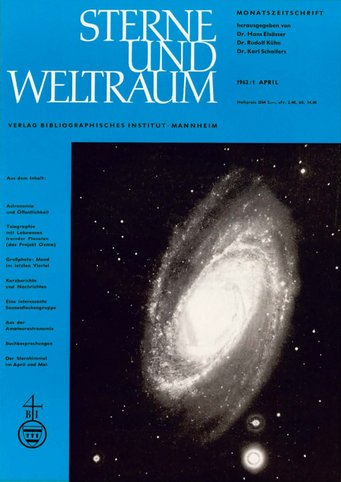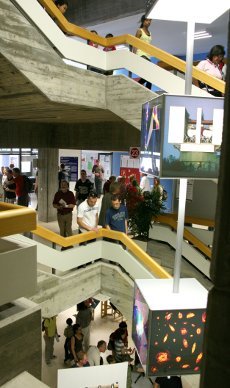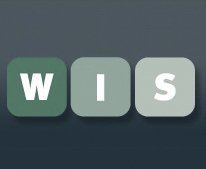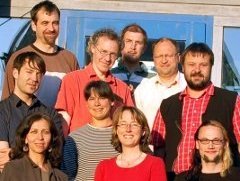How Haus der Astronomie came about
The Haus der Astronomie (HdA) was established at the end of 2008 and in autumn 2011 it moved into its very own galaxy-shaped building. The following is a recollection of how this vision became a reality.
The founding of an unlikely magazine
The early 1960s heralded a new beginning for astronomy in Germany: The establishment of the European Southern Observatory (with strong German involvement) was just around the corner, as was the establishment of several astronomically oriented Max Planck institutes.
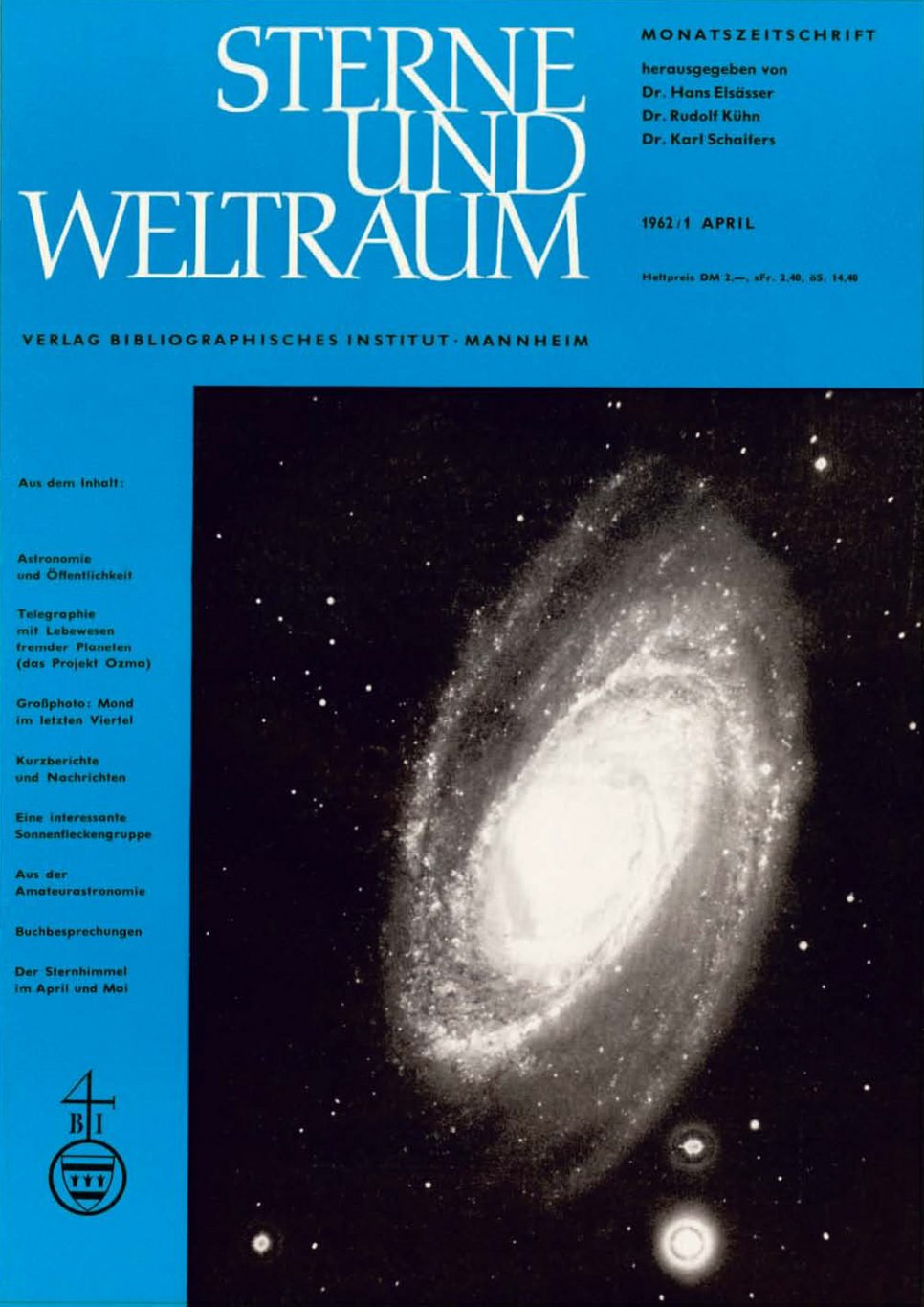
In 1962 Hans Elsässer, who shortly after was to become director of the state observatory (Landessternwarte or LSW) at the Königstuhl in Heidelberg, and his colleagues Karl Shaifers and Rudolf Kühn took a step considered unusual at the time in order to increase the acceptance of astronomical research and attract potential young scientists to the subject: They founded the general interest magazine Sterne und Weltraum, which has been published at the Königstuhl since – initially at LSW and from 1982 at the Max Planck Institute for Astronomy, of which Elsässer became the founding director at the end of the 1960s.
Under Jakob Staude, who took over as editor-in-chief in 1981, the magazine blossomed and expanded considerably. What started as a one-man-show selling 1,500 copies became a proper editorial team with a monthly circulation of 20,000 magazines. Initially relocated to the Bibliographical Institute of Mannheim, the journal was later published by Dr. Vehrenberg GmbH and then Hüthig. Since the end of 2001, Sterne und Weltraum has been published by Spektrum der Wissenschaft (now part of the Nature Publishing Group). At the beginning of 2008 Uwe Reichert became the new editor-in-chief, while Jakob Staude continued to work for a time with Thomas Henning from MPIA and Matthias Bartelmann from the Centre for Astronomy (ZAH) as editor.
Astronomy for the general public
But also beyond Sterne und Weltraum, astronomy outreach has a long tradition in Heidelberg.
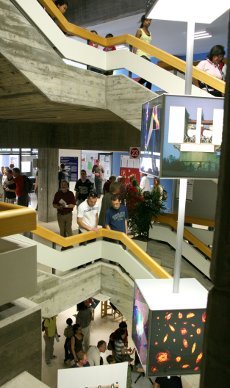
The variety of major events is great, ranging from open house days, to which up to 11,500 visitors have been flocking to the Max Planck Institute for Astronomy (picture left) every year since 1979, to the Open Monument Day, on which the Landessternwarte opens its doors. Since 2006, the lecture series Sunday morning astronomy has been offering the public the opportunity to learn about astronomical research first-hand. Moreover, to mark the 625th anniversary of the University of Heidelberg, its Centre for Astronomy organized a very successful series of short afternoon lectures entitled Uni(verse) for everyone!.
Work experience for high-school students and Girls' Day offer further opportunities to gain insights into the everyday life of astronomers in Heidelberg – from research topics to building instruments, precision mechanics and electronics workshops. In addition to these events, we also offer lively tours, where groups of visitors can explore the Landessternwarte and the Max Planck Institute for Astronomy.
Bringing Science to Schools! (WIS)
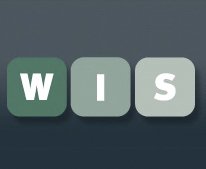
When the results of the PISA study, which were less than flattering for Germany, were published in 2001, Jakob Staude considered whether the enthusiasm of the young readers of Sterne und Weltraum couldn’t be transposed into school lessons. The result was Bringing Science to Schools (WIS), a project run by the publishing house Spektrum der Wissenschaft in collaboration with the public authority for further education and personnel development at schools in Bad Wildbad and, from 2010, the Haus der Astronomie. Every month, WIS Astronomy makes educational materials based on selected Sterne und Weltraum articles available (online and free of charge), which teachers can use to incorporate current research topics into their lessons.
In January 2005, WIS Astronomy became a full-time project – thanks to the funding of a temporary position by the Klaus Tschira Foundation, Olaf Fischer has been able to concentrate fully on WIS. In partnership with the public authority for further education and personnel development at schools in Bad Wildbad, the publisher Spektrum der Wissenschaft has since expanded the project to include additional branches of science.
The Astronomieschule e.V.
In July 2005, a group of teachers, astronomers and other astronomy enthusiasts who had already campaigned for astronomy outreach in Heidelberg over the previous years founded the Astronomieschule e.V. association.
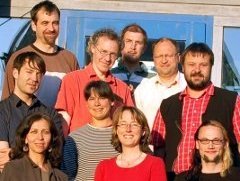
In close cooperation with the Landessternwarte at the Königstuhl, which also provided the premises, the association organizes workshops with a particular focus on children and young adults – from kindergarten age to high school graduates – organizing nocturnal observations known as astrocamps and providing training courses for teachers and educators.
A house of astronomy in Heidelberg
As the increasing number of activities created a problem of space for astronomers in Heidelberg, discussions between actors at MPIA and ZAH, namely Hans-Walter Rix, Thomas Henning, Joachim Wambsganss and Jakob Staude, supported by Klaus Jäger, led to the concept of a "House of Astronomy", which would bundle and intensify the various activities with which Heidelberg astronomers shared their fascinating subject with the public.
A project proposal submitted to the Klaus Tschira Foundation (KTS) was met with a positive response and, in partnership with KTS, the Haus der Astronomie as we know it today emerged. Moving into its very own galaxy-shaped building in 2011 (whose design is based on an idea of the founder Klaus Tschira) and in partnership with the Max Planck Society, the University of Heidelberg and the City of Heidelberg (with the support of the Baden-Württemberg Ministry for Science and Research and KTF), the institute began creating positions for a core team of employees to bring the house to life.
Following the construction phase between 2009 and 2010, the activities of the HdA were in full swing. WIS Astronomy had now found its place in the Haus der Astronomie, as had the EU-funded Universe Awareness project for younger children. With the completion of the building work at the end of 2011, the house was ready – and the editors of Sterne und Weltraum and the Astronomieschule e.V. could move into their new home. On a trial basis, we started to move our activities into the new building step by step. You can find more information on the activities of the Haus der Astronomie in the What we do section or by target group in The HdA for...” (students, amateurs, scientists ...) section.
More information:
- Sterne und Weltraum articles The Haus der Astronomie by Jakob Staude, project initiator, 01/2009
- Press release Groundbreaking ceremony for the Haus der Astronomie by the Max Planck Institute for Astronomy, October 13, 2009
